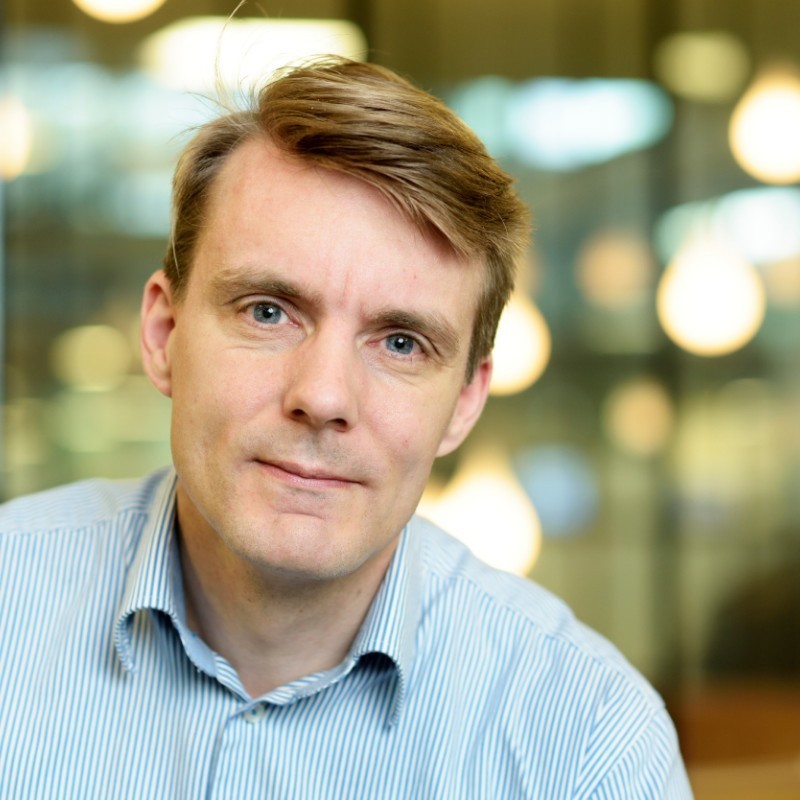Wilbert IJzerman
Signify, the NetherlandsFor pioneering mathematical and physical research to advance design methods for imaging and non-imaging optics, and industrial leadership in lighting.

Wilbert IJzerman occupies a unique position in optics as an industry professional and part-time professor of illumination optics. He also serves as an advisor at the national level in the Netherlands on how to organize and implement optics. He helped initiate the Optics Netherlands network, which aided in establishing a national training program in optics with an eye toward preparing students for careers in industry. At the beginning of his career, Wilbert never believed he could balance so many varied activities. However, after gaining experience over the years, he feels he is uniquely equipped to make things happen. He shares, “You learn where you have to act and where you can let go. You have to delegate…trust people but know when to intervene.”
His research is varied but focuses on three main tracks, all related to lighting and illumination. First is inverse problems, in which he aims to determine how to reach the optimal light distribution in a given system or environment. This was the first area he explored as a professor and is intimately tied to his work at Signify. In fact, this was the area that inspired his exploration of becoming a professor. Next, he aims to speed up optical calculations while maintaining a very high accuracy. His PhD in fluid dynamics helps inform his approach to this area. He shares, “It turns out that you can model the energy flow in a system as a kind of flow of fluid through an optical system. It’s a very similar model.” The challenge now is simulating these systems in 3D. Wilbert’s team aims to see if the accuracy and speed apparent in what he calls “two-and-a-half-D” will hold when applied to the three-dimensional world.
His third area of focus is imaging optics and designing methods for imaging systems based on his other areas, inverse problems, and optical calculations. These highly complex systems pose a challenge to even masters of the field, so Wilbert’s group is trying to think more outside the box. This is the newest area for his group, and their approach is similar to how they started with inverse problems. He comments, “We started with simple model systems, things relevant to the industry because we knew if we solved one, we’d be moving toward the next one. Trying at once to do the full system would be a bridge too far. You have to start simple.”
Wilbert advises young scientists to identify their talents early and to work hard. Luckily, he says, a talent usually comes easily, so the hard work is more enjoyable. The third element of a successful career is luck and being in the right place at the right time to take advantage of the right opportunities. He reminds everyone that we only spend our time once, so it is essential to be selective, and success shouldn’t be determined by professional success alone. If luck is the missing element, we must be prepared to find fulfillment in other ways.
Photo Credit: Wilbert IJzerman
Profile written by Samantha Hornback
